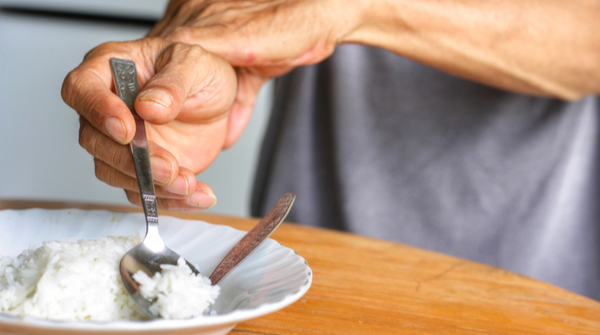Parkinson’s is a chronic disorder where a part of the brain gets damaged. This does not occur immediately but happens over a period of time and affects muscle movement and coordination. Usually this develops in people who are over 50 but can be rarely sighted in younger people as well. However, are type 2 diabetes and Parkinson’s disease linked?
The brain has an area called the substantia nigra. A few cells here make dopamine, a chemical that carries messages around the brain.
When you need to execute an action like- kicking a ball, the dopamine quickly carries a message to the nerve cell that controls the particular movement.
In Parkinson’s the cells in the substantia nigra start to die. Since they do not get replaced, dopamine levels drop and movement and actions can no longer be executed and controlled.
There is also an increased risk of developing this illness among people with diabetes. An estimated 8-30% of people with Parkinson’s have diabetes.
Symptoms
Symptoms of this illness do not tick off immediately, but the gradual death of the cells at a certain point starts showing the following symptoms:
- Tremors
- Stiffness of muscles
- Slower Movements
- Impaired body balance
- Anxiety
- Depression
- Dementia
The symptom sin the earlier stages are mild but worsen with time.

Diabetes and Parkinson’s Disease
While the exact link between Parkinson’s and Diabetes cannot be identified. The illness definitely affects the sugar levels in the blood.
Many people with Parkinson’s find themselves tired and fatigue is a common complaint. Planned diet and lifestyle can help keep blood sugar levels in check.
This remains common to both diabetes and Parkinson’s. If you are a diabetic then you must be familiar with ‘sugar levels in diabetes’.
If not, then the optimal sugar level in blood is:
- Fasting levels 80–99 mg/dl (3.9–5.5 mmol/L)
- 2 hours post meals Less than 180 mg/dl (7.8 mmol/L)
- HbA1c Levels for someone with diabetes: Less than 7.0%
For any person, both low blood sugar levels or high can be life-threatening. Make sure you always have control over your glucose levels.
Steps to Manage Blood Sugar Levels
There are ways to lower the risk of developing diabetes and Parkinson’s early on. Maintaining a healthy weight, the right sugar levels and getting regular physical exercise helps.
These changes also help control the symptoms associated with low or high blood sugar levels.
- Opt for low GI foods: Favour more of whole fruits and vegetables. Substitute white rice with red or brown rice. And stay away from highly processed foods and instant foods.
- Incorporate more protein: Protein helps slow down the absorption of carbs and helps manage sugar levels.
- Stay prepared: If you are someone who craves more than a 3-time meal, then plan wisely. Stock up on healthier food options and snack smarter. A handful of nuts, an apple or plain yogurt, all help.
Read More: Diabetes and Hypertension | The Lethal Combination
Regular sugar tests & a glucometer can help you.
With all the above said, it is best if you can always monitor and check your sugar levels from time to time. You can do this with the help of a glucometer- self blood sugar testing device. You can buy a glucometer online or ask your pharmacist about the same.





